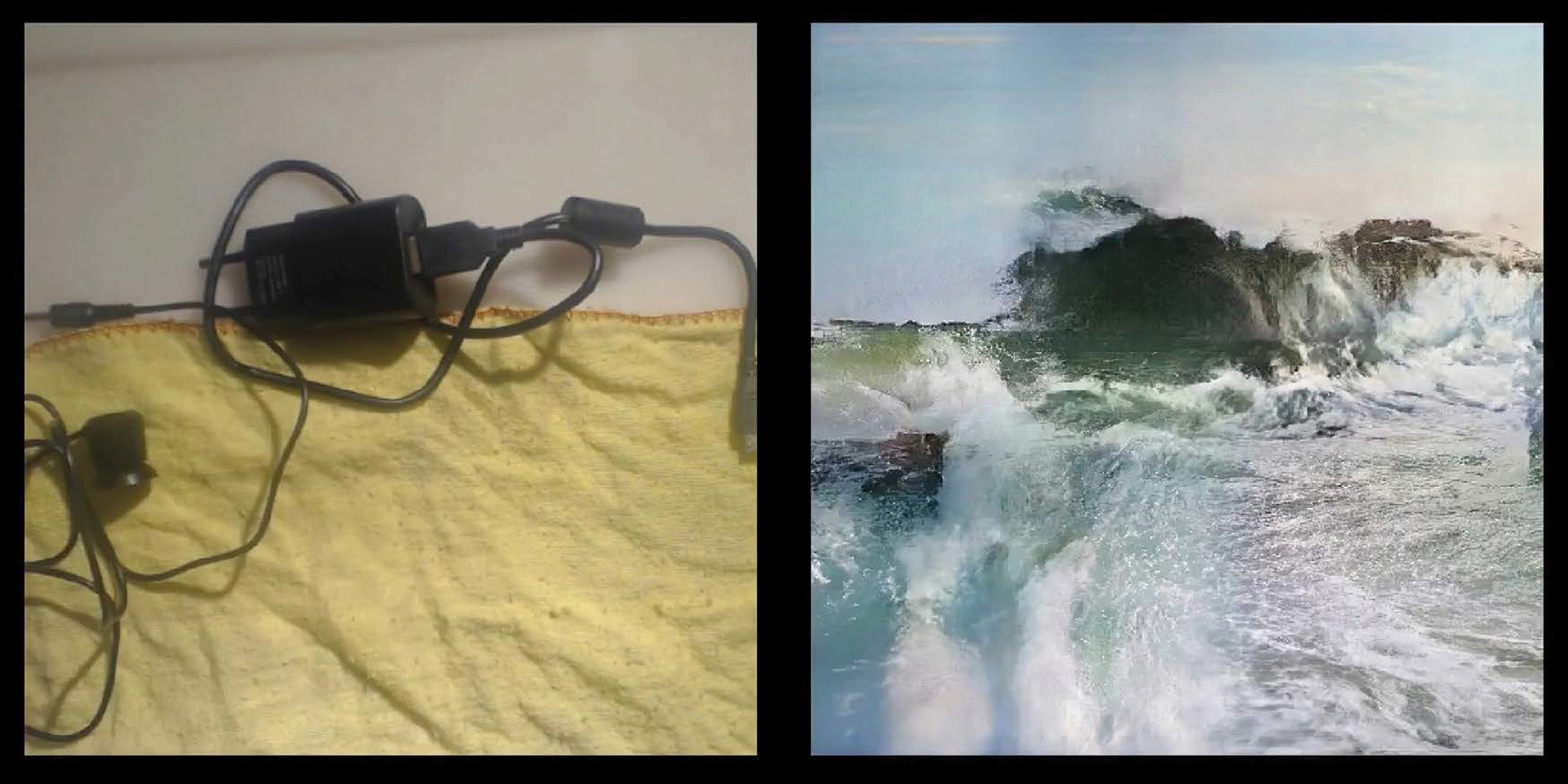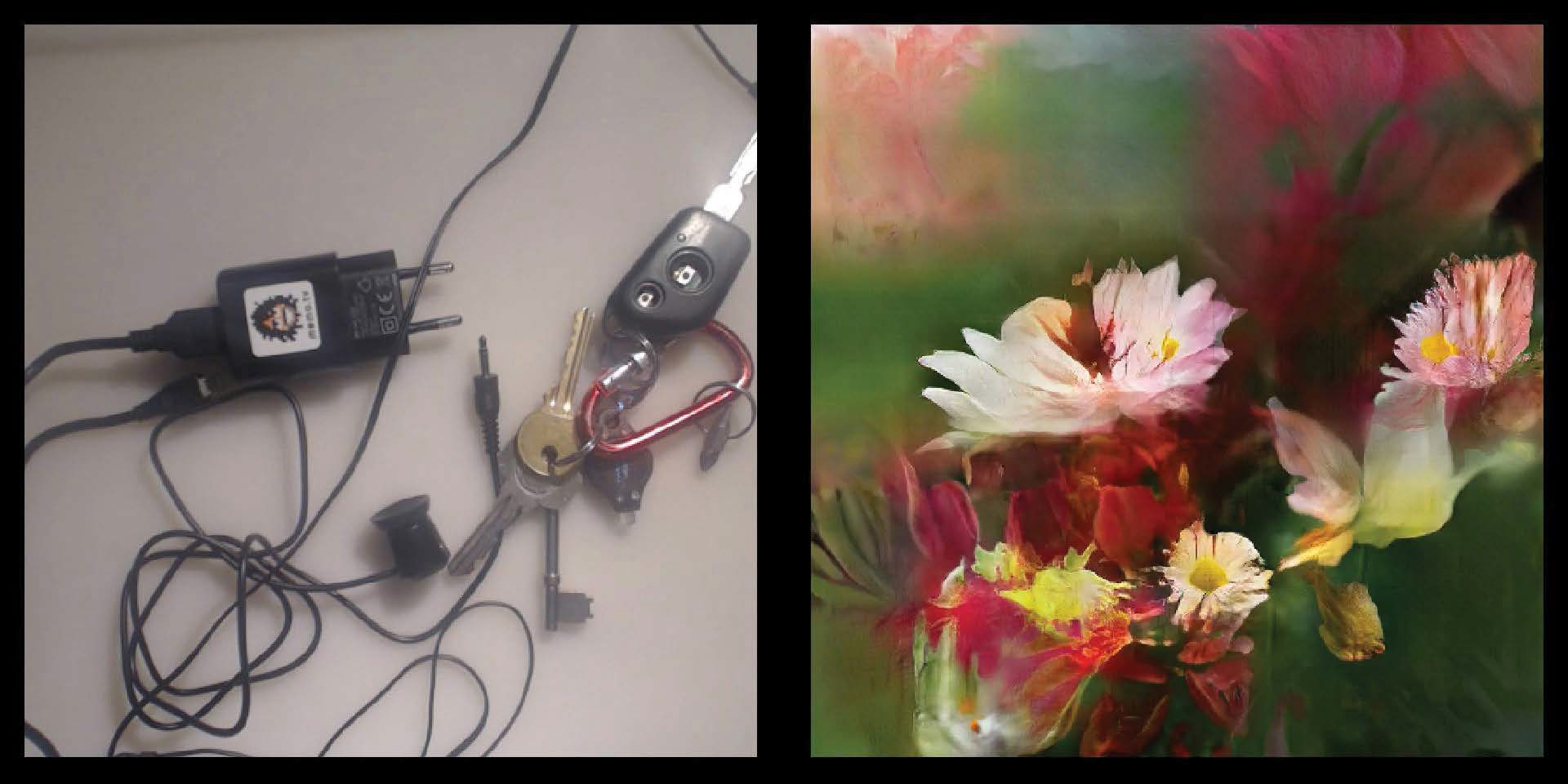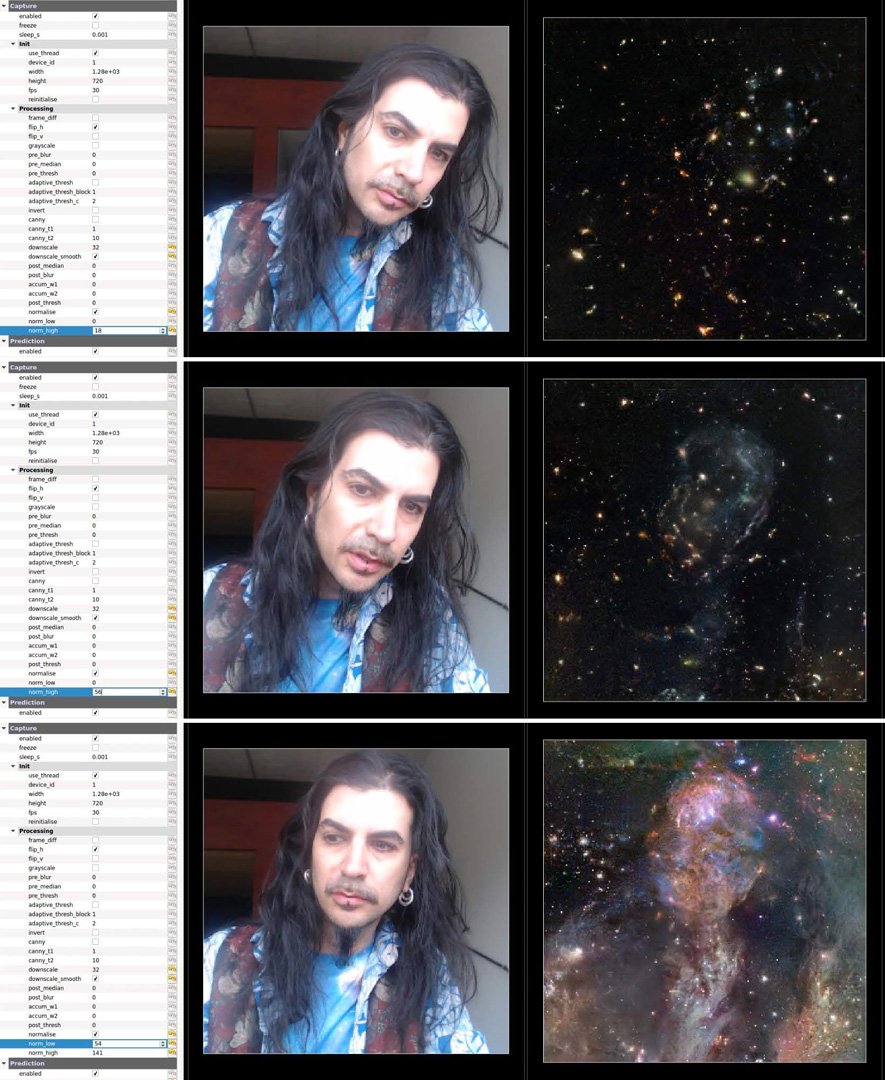“Learning to See: You Are What You See” by Akten, Fiebrink and Grierson
Conference:
Type(s):
Title:
- Learning to See: You Are What You See
Presenter(s)/Author(s):
Abstract:
The authors present a visual instrument developed as part of the creation of the artwork Learning to See. The artwork explores bias in artificial neural networks and provides mechanisms for the manipulation of specifically trained-for real-world representations. The exploration of these representations acts as a metaphor for the process of developing a visual understanding and/or visual vocabulary of the world. These representations can be explored and manipulated in real time, and have been produced in such a way so as to reflect specific creative perspectives that call into question the relationship between how both artificial neural networks and humans may construct meaning.
References:
1. F. Santoni de Sio and J. van den Hoven, “Meaningful Human Control over Autonomous Systems: A Philosophical Account,” Frontiers in Robotics and AI 5, (2018), p. 15.
2. Y. LeCun and Y. Bengio, “Convolutional Networks for Images, Speech, and Time-Series” in The Handbook of Brain Theory and Neural Networks, M.A. Arbib, ed. (Cambridge, MA: The MIT Press, 1995), pp. 255–258.
3. D.H. Hubel and T.N. Wiesel, “Receptive Fields, Binocular Interaction and Functional Architecture in the Cat’s Visual Cortex,” The Journal of Physiology 160, No. 1, pp. 106–154 (1962).
4. A. Clark, “Whatever Next? Predictive Brains, Situated Agents, and the Future of Cognitive Science,” Behavioral and Brain Sciences 36, No. 3, pp. 181–204 (2013).
5. D.D. Hoffman, Visual Intelligence: How We Create What We See (New York: W.W. Norton & Company, 2000).
6. L.-B. Castel, L’Optique des Couleurs (Paris: Chez Briasson, 1740).
7. B. Alves, “Digital Harmony of Sound and Light,” Computer Music Journal 29, No. 4, pp. 45–54 (2005).
8. P. Isola et al., “Image-to-Image Translation with Conditional Adversarial Networks,” arXiv preprint arXiv:1611.07004 (2016).
9. L.A. Gatys, A.S. Ecker and M. Bethge, “A Neural Algorithm of Artistic Style,” arXiv preprint arXiv:1508.06576 (2015).
10. V. Dumoulin, J. Shlens and M. Kudlur, “A Learned Representation for Artistic Style,” arXiv preprint arXiv:1610.07629 (2016)
Additional Images:
- 2019 Art Papers: Akten_Learning to See: You Are What You See








